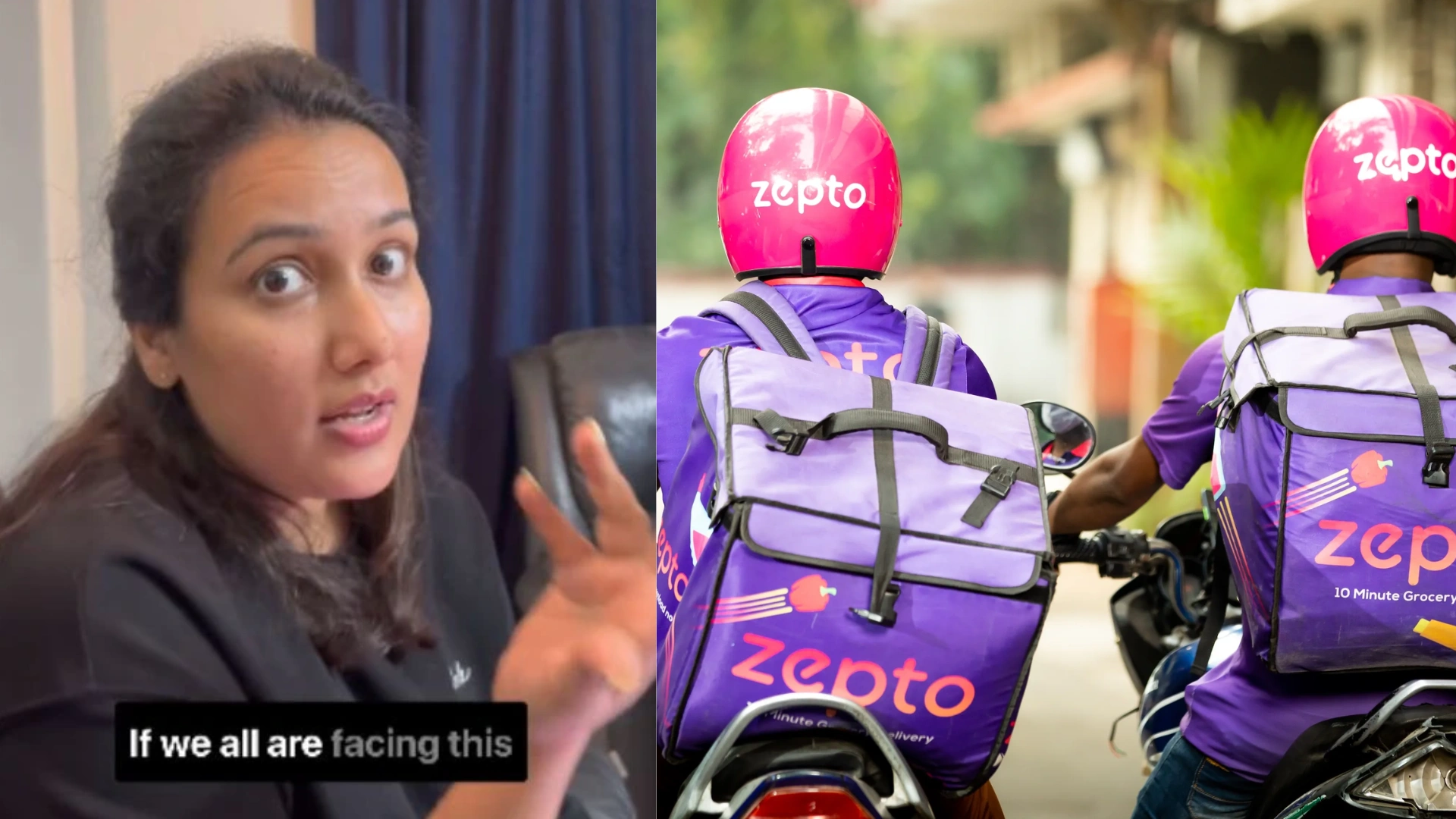Pooja Chhabda, a woman from Bengaluru, took to her Instagram to reveal something very shocking! She posted how Zepto has a different price ranges on similar products on iPhones and on Androids. She revealed that iPhone users are charged considerably higher prices for identical products compared to Android users.
View this post on Instagram
Chhabda used two devices, an iPhone and an Android phone, to compare prices of same products listed on Zepto. She discovered that 500 grams of grapes were priced at ₹65 on the Android device but surged to ₹146 on the iPhone. Similarly, the price of capsicum was ₹37 on the Android but increased to ₹69 on the iPhone. This stark difference, where iPhone users were paying more than double the price for the same items, left Chhabda and many of her followers shocked.
In her Instagram post, Chhabda urged her followers to check whether they too were being charged more when using an iPhone to access Zepto. Her post quickly garnered attention, with many users sharing similar experiences in the comments section. Some even speculated that this disparity was a deliberate strategy by e-commerce platforms to target different demographics based on the type of phone users own.
Why are prices different?
E-commerce platforms’ presumptions about the disposable income of iPhone and Android users are frequently the cause of pricing disparities between these users. Since iPhones are usually connected to more expensive, high-end gadgets, it is widely assumed that owners of these devices are more likely to have more financial flexibility. Because of this perception, businesses may decide to charge iPhone users more because they believe that they can afford to pay more for the same goods.
“I think the logic is when you can pay so much extra for the same features that are available on some Androids, then you must be willing to pay extra for everything,” commented one Instagram user. This sentiment was echoed by others, who suggested that the difference in prices was a reflection of the broader market dynamics between “premium” and “budget” phones.
Internet Reacts
The revelations have prompted a broader conversation about the fairness of such pricing practices. Several users expressed their dismay, with one commenting, “It’s not an iPhone vs. Android issue, but rather a cheap phone vs. premium phone issue. You will see the differences not just in prices but also in availability, delivery times, etc.”
Another user shared their concern, saying, “If this continues, I will surely rethink about continuing with iPhone.”
This discussion reflects a growing frustration among consumers who feel that pricing strategies based on device type are unfair and exploitative. As mobile phones have become an integral part of daily life, users expect a certain level of consistency and transparency in pricing, regardless of the device they use.
Other e-commerce platforms have also been known to use device-specific pricing strategies, adjusting costs based on factors such as user demographics, device usage, and even the time of day.
In some cases, platforms use sophisticated algorithms to analyze user behavior, assuming that those with higher-end devices like iPhones may be more willing to spend extra money. Such tactics, while profitable for companies, may contribute to growing consumer distrust.
ALSO READ: Zomato Shares Take A Hit This Year, What Investors Should Do – Buy, Sell, Or Hold?



















